The Cambridge Dictionary's website, defined the term as "a different or less direct route to a place that is used to avoid a problem or to visit somewhere or do something on the way."
A quote by Sir James Jeans, stated, “The really happy person is the one who can enjoy the scenery, even when they have to take a detour.”
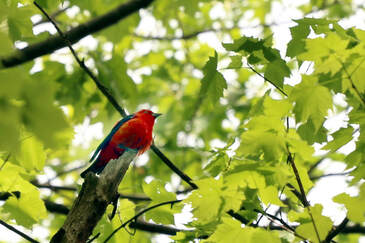
The Cornell Lab's All About Birds website said the birds "spend much of their time skulking among the wide leaves of deciduous trees in the forest canopy, where they are hard to see. They sing a burry, rambling song and give a distinctive, harsh chick-burr call."
Longtime local birder and author Gary Edwards in his book "Birds of Venango County" also mentioned how difficult it could be to spot the bright birds.
"However, be aware that the red part of the spectrum is weak in dull light. As a result unless the bird is in full sunlight, it can be surprising difficult to see in the green canopy," Edward wrote.
Edwards penned that the ovenbird is a common summer resident in Venango County.
According to All About Birds, "the ovenbird gets its name from its covered nest. The dome and side entrance make it resemble a Dutch oven."
"Yellowthroats are vocal birds, and both their witchety-witchety-witchety songs and distinctive call notes help reveal the presence of this, one of our most numerous warblers," said a post on the All About birds site.
The warbler is an abundant summer resident, according to Edwards. He also wrote that the bird was one of the most widely distributed warblers in Pennsylvania.
| May flowers were one of my reasons for rerouting my normal trek. Wild azaleas or honeysuckles stuck out against the spring greenery with their pink blooms. "Native azaleas are some of the most spectacular native plants .... Some sources say that these azaleas and their precursors have been around for 50 million years, slowly evolving and adapting to their local habitats," said in a post. |
The digressions to find the honeysuckle led to the discovery of a couple of new patches of pink lady slippers. While they weren't huge patches, it was nice to see that the orchids were doing well.
After the post I surmised that the wet spring conditions may have contributed to the additional lady slippers.
The post also claimed that the pink orchids exhibit a slightly sweet-smelling aroma. I may have to digress off the path to confirm this.
| While the orchids may have an aroma, off the beaten path were some ferns that could be eaten. "Foraged from the ostrich fern, fiddleheads are the plant's young shoots that look like tiny scrolls popping out of the dirt. Only available for a short window of time during the spring," said a post on www.thespruceeats.com. "Fiddleheads are sweet like asparagus, grassy and snappy like a great green bean, with a touch of broccoli stem," according to a post on www.foodandwine.com. Besides the ferns, the patches of dame's rocket in my stomping grounds were a digression from the normal route. "Dame’s rocket, also known as dame’s violet and mother-of-the-evening, was introduced as an ornamental around the time of European settlement. |
| "Dame’s rocket is thought by many to be a native wildflower and is found in wildflower seed mixes and planted as an ornamental," repeated a post on dnr.wisconsin.gov. |
There seemed to be more, yet they didn't appear to me to be growing.
"Females lay masses of 1,000 to 3,000 eggs, which hatch between 9 and 30 days later," according to a post on www.nwf.org. It is possible that I may have missed some small frogs hopping around.
I haven't seen the one doe that frequented the area around the pond with her fawn. It is possible that she had chosen a safer haven as the trail cameras picked up some coyotes in that area.
Some detours might be inconvenient. Some could be lifesaving.
I think I will still chose to enjoy the scenery while trying to find a good path as long as Sherman stays with the group.
That's just the nature of things 'round here.



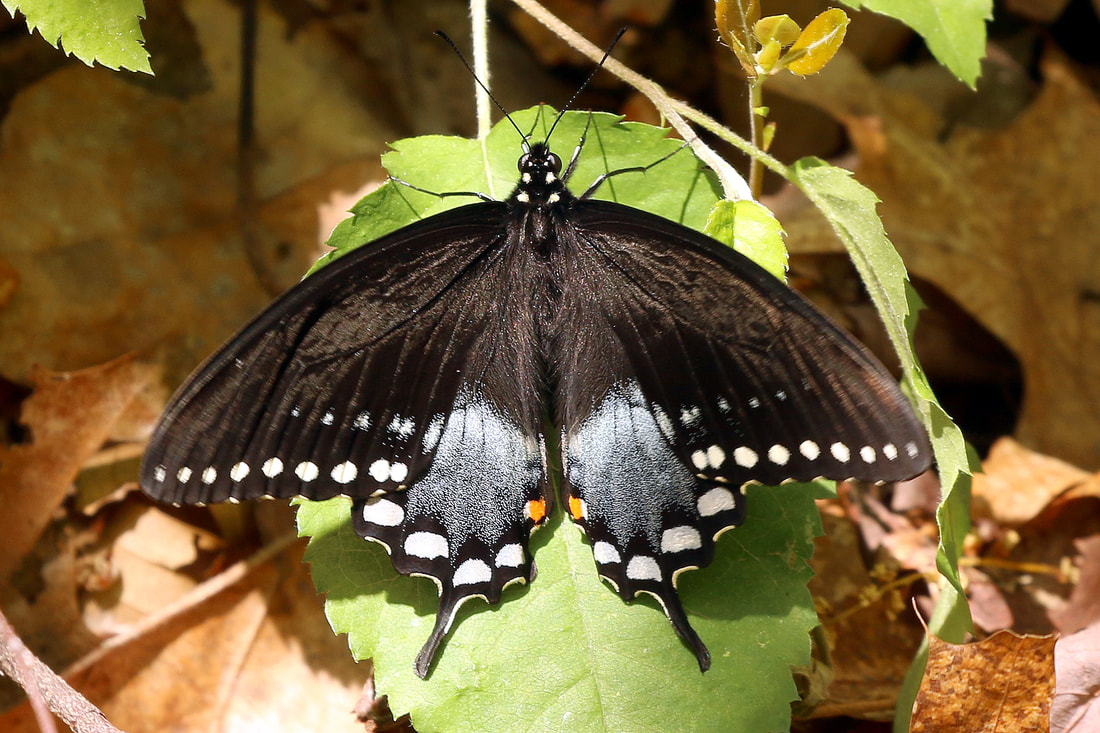
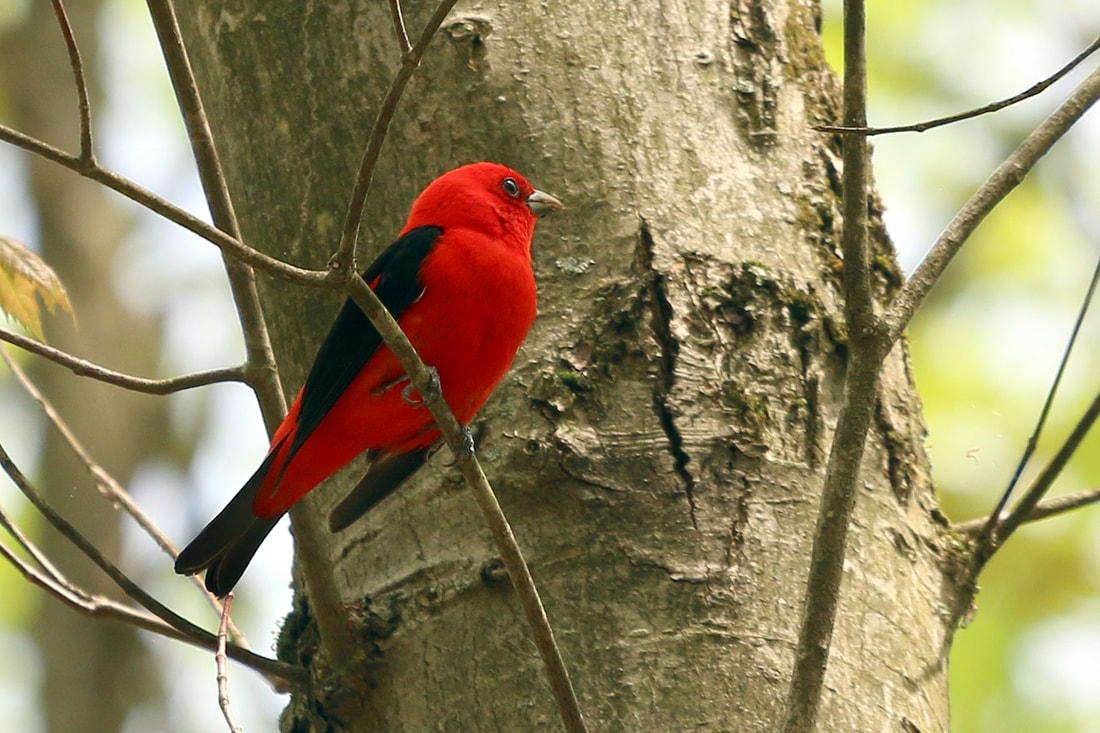
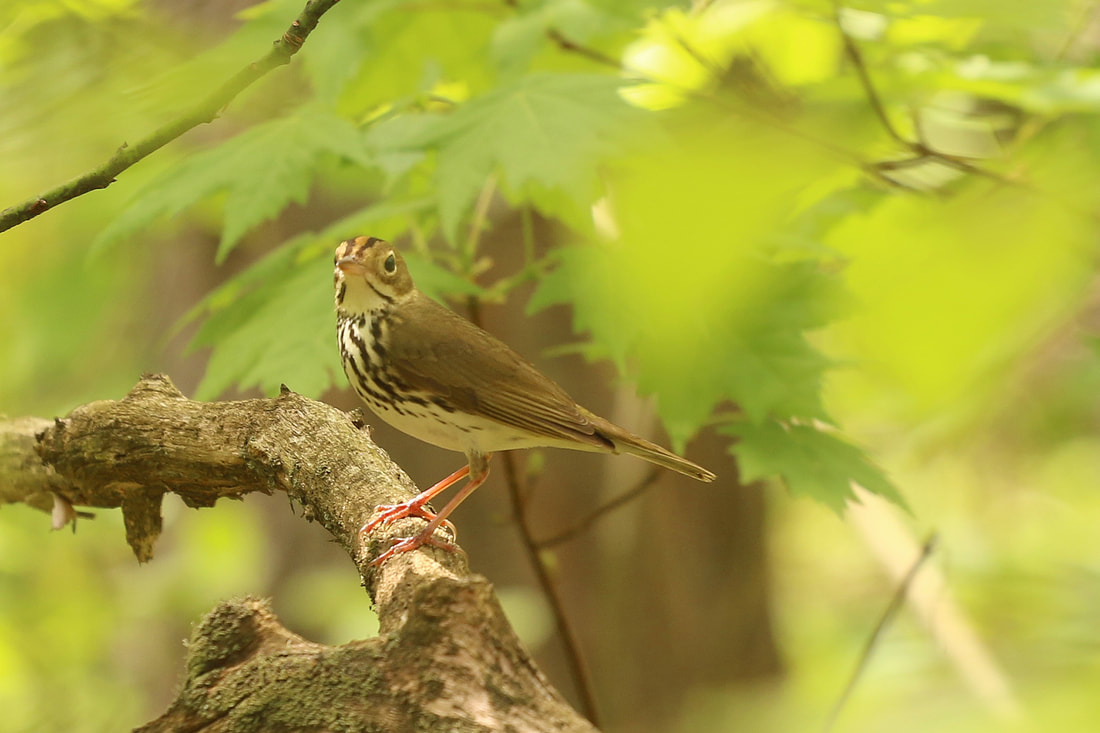
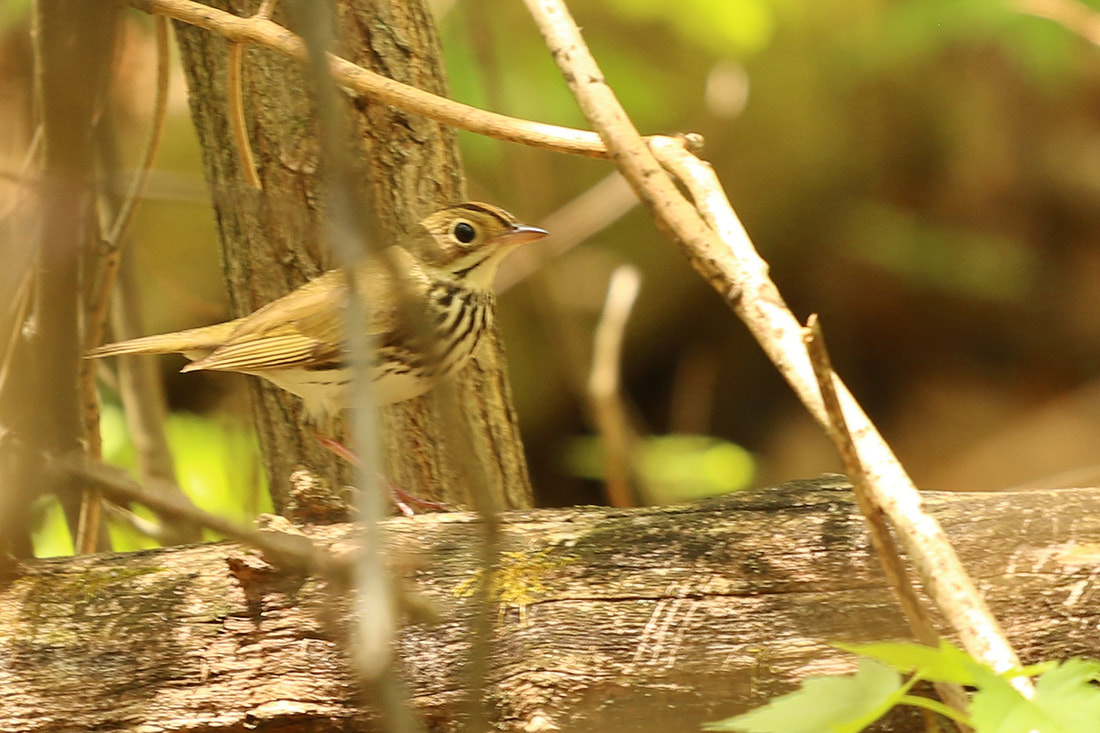
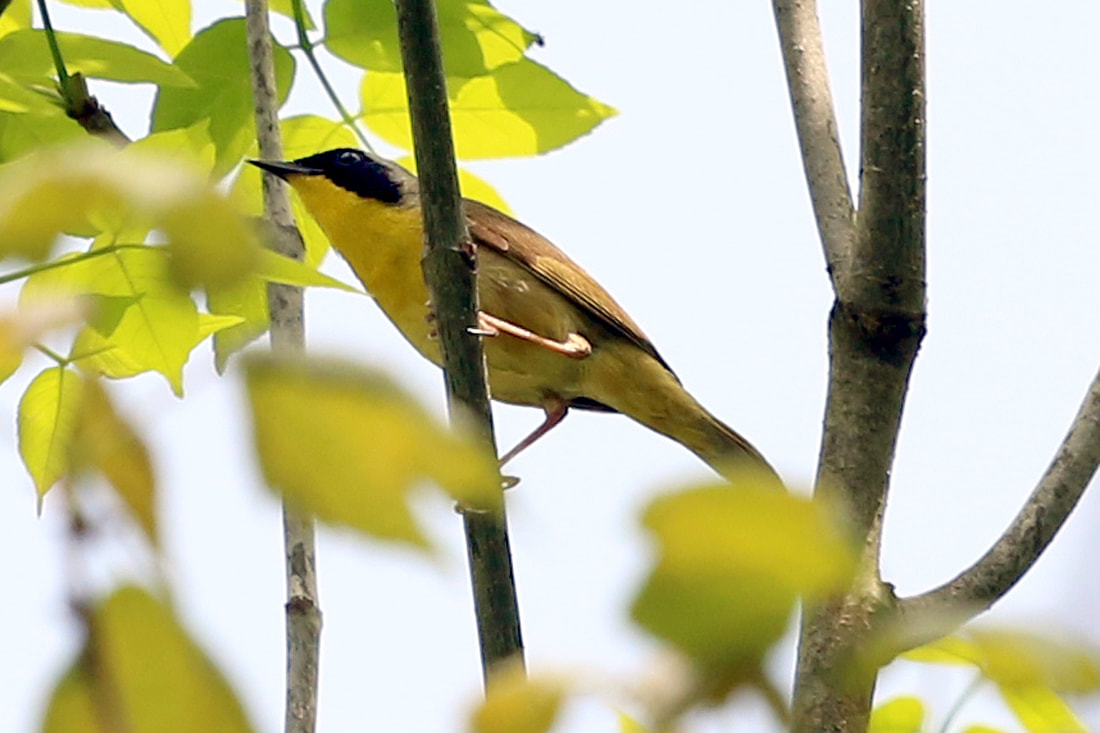
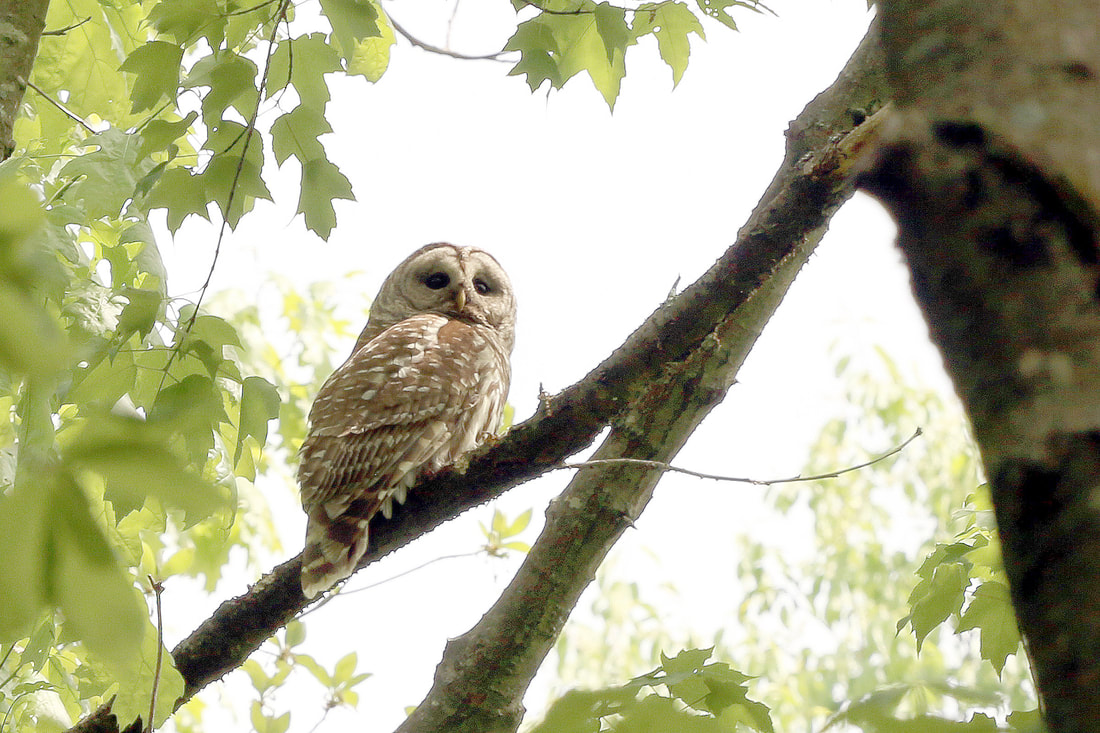

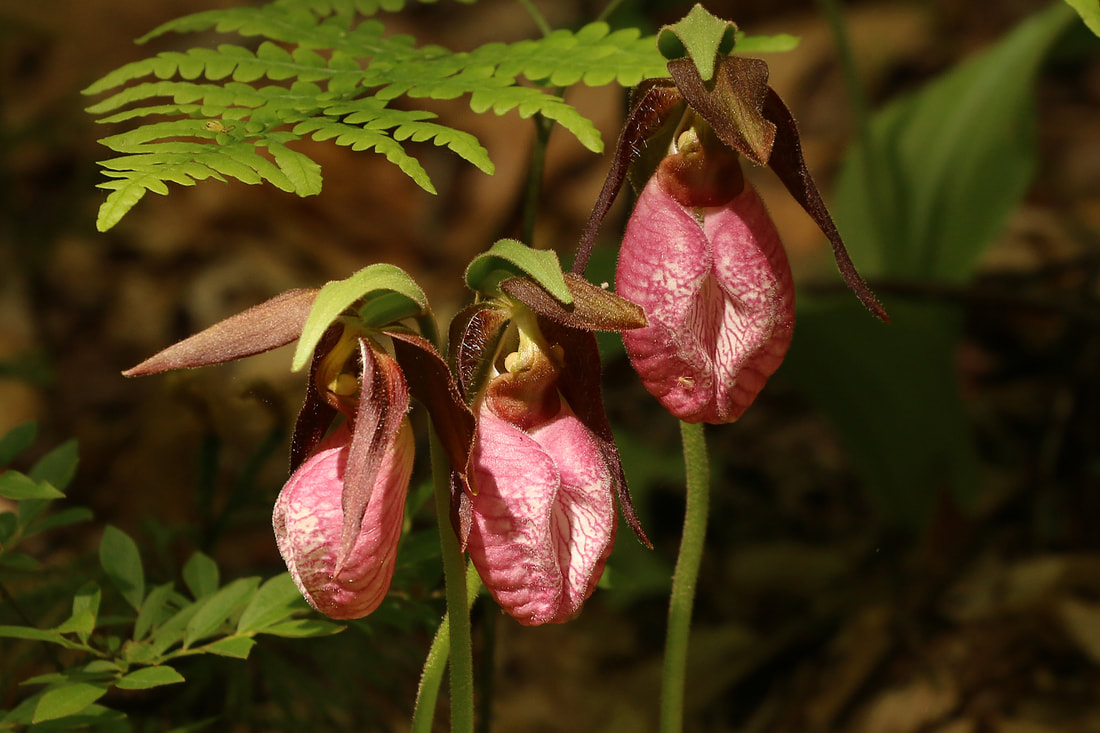

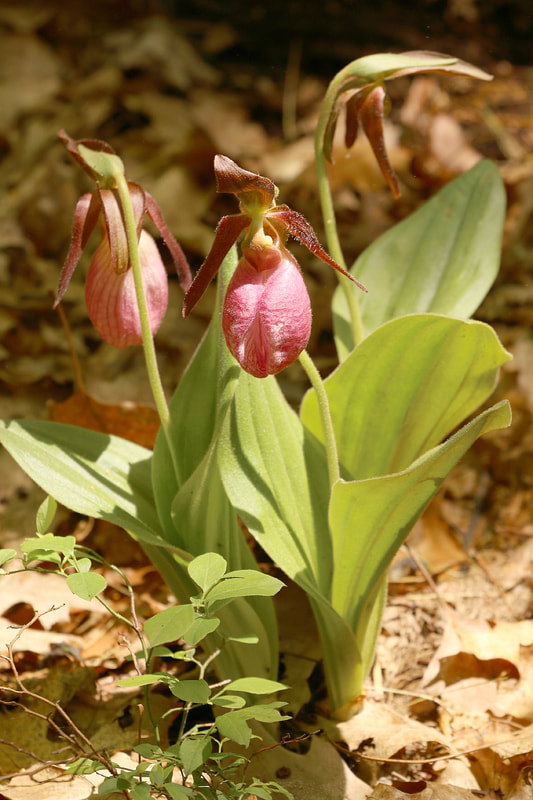
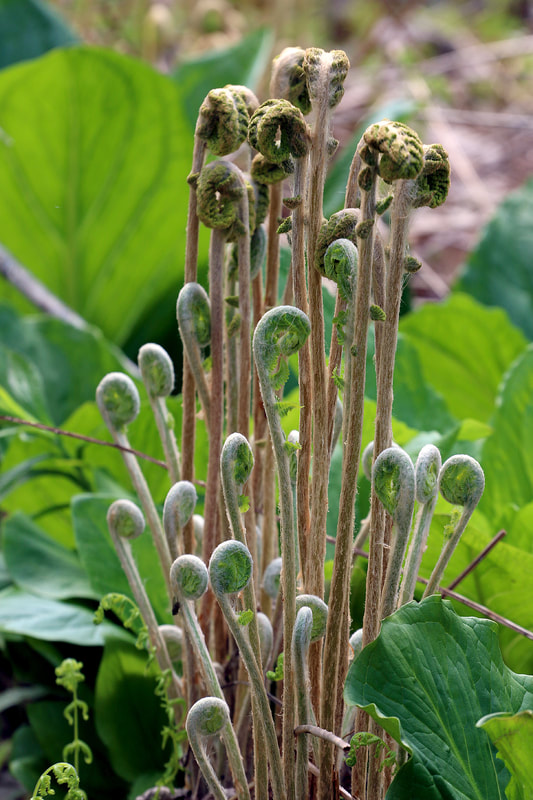
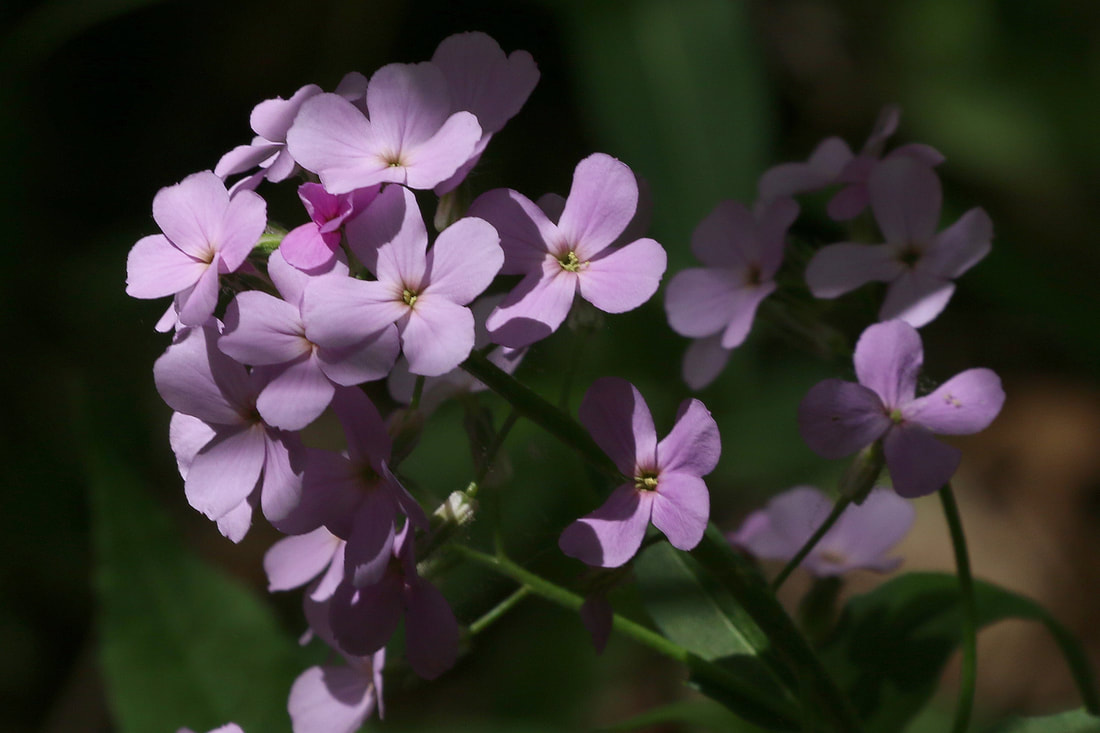


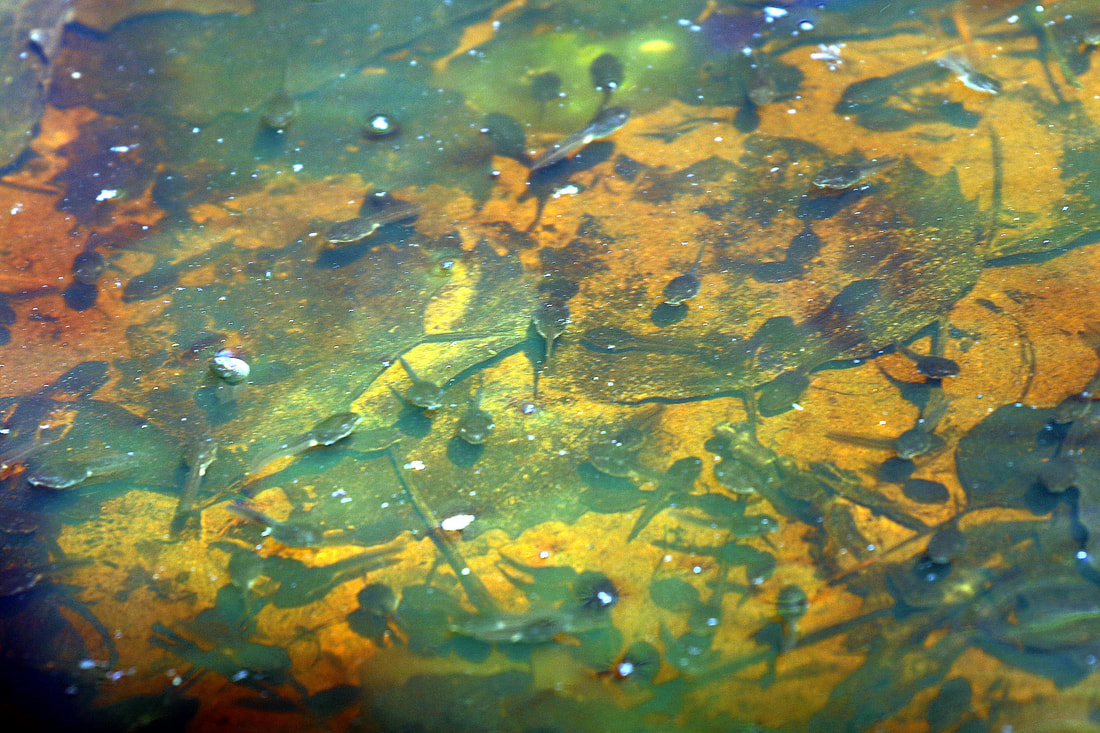
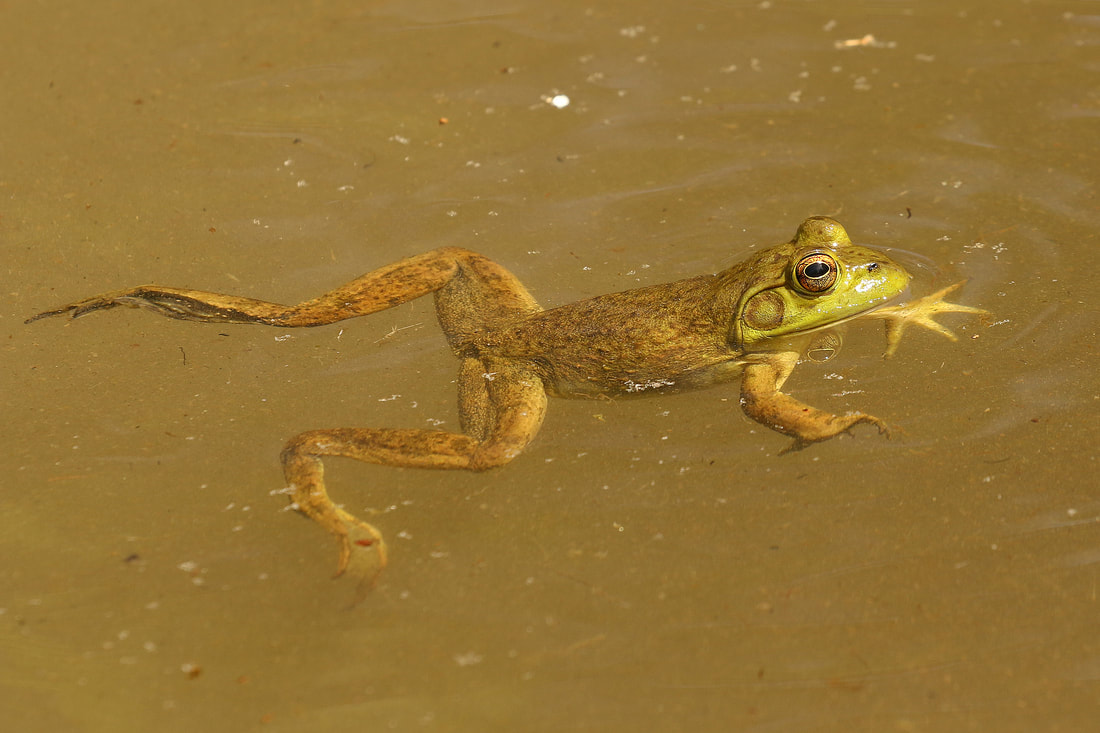
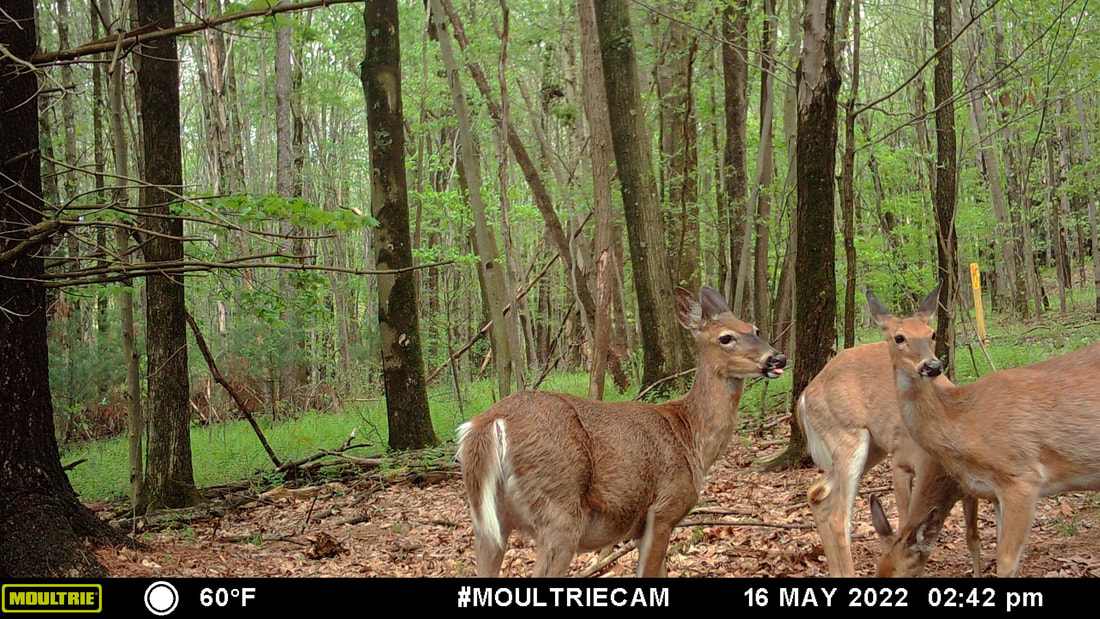
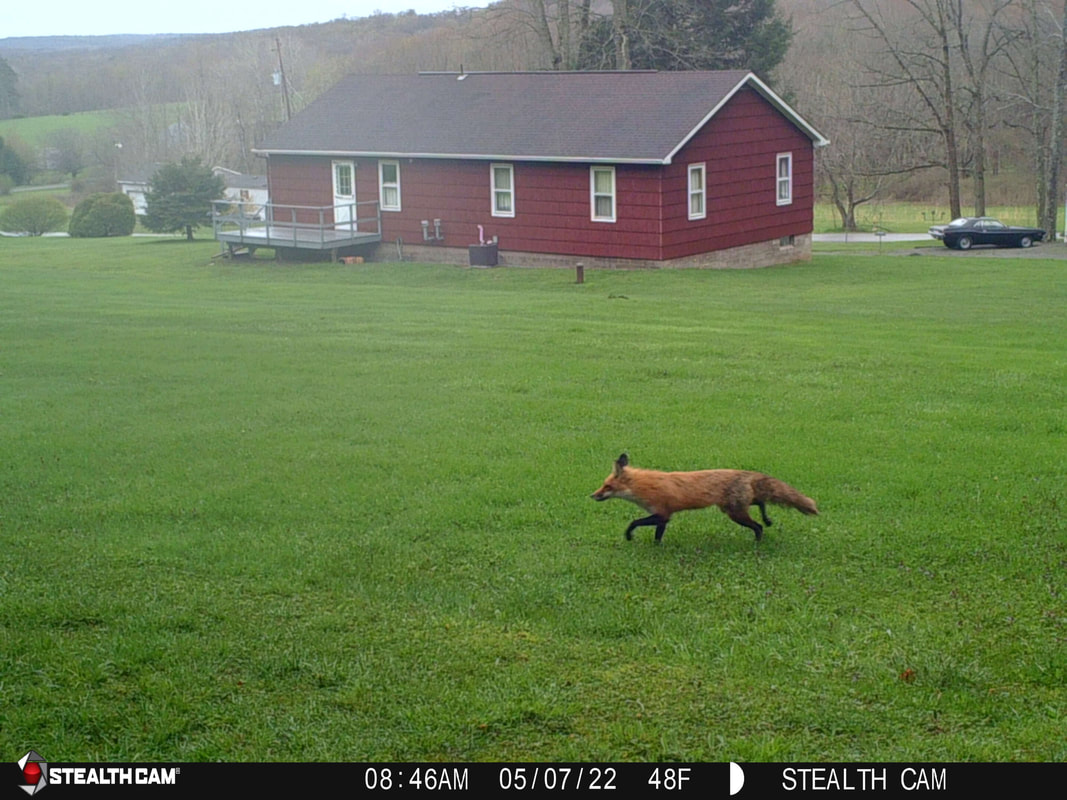
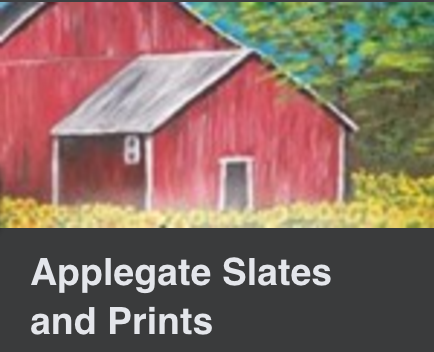



 RSS Feed
RSS Feed